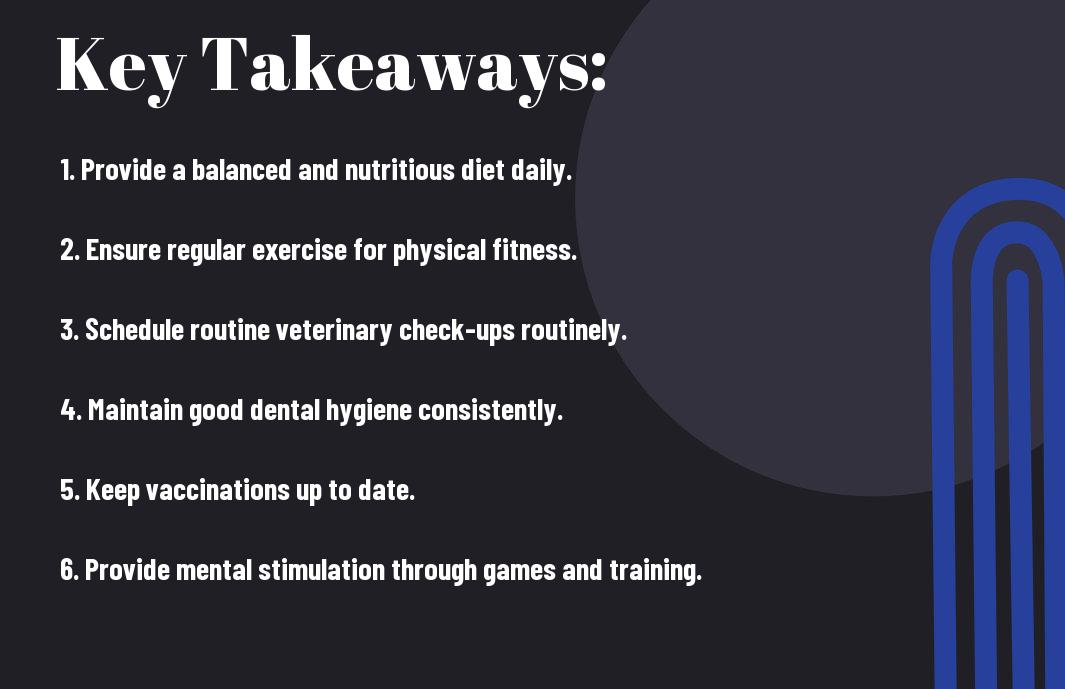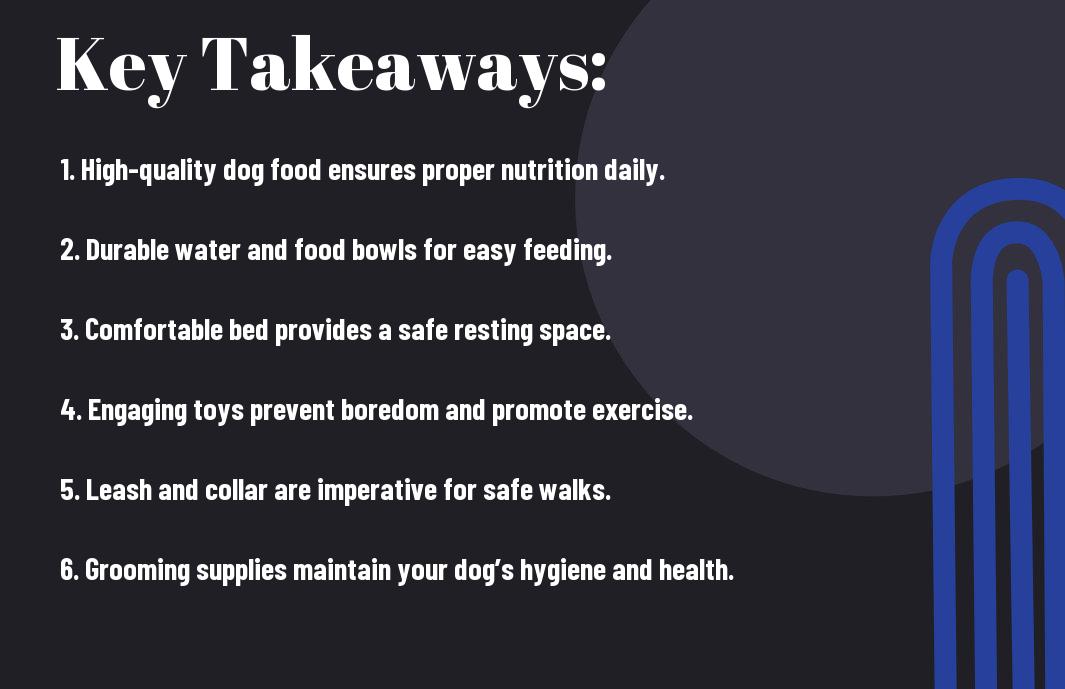It’s early morning when you arrive at the stable, greeted by the soft nickers of restless horses eager to begin their day. Your role as a horse trainer is more than just a job; it’s a passion that requires unwavering dedication and skill. From assessing each horse’s mood to implementing training techniques, every moment counts in shaping their potential.
Your day starts with an assessment of the horses. You walk through the barn, checking on their feed, water, and overall health. Looking into their eyes and feeling their sides are part of establishing a bond of trust. Observing their behavior gives you insight into their energy levels and readiness for training. It’s important to adjust your plans according to how they respond, ensuring that you maintain their physical and mental well-being.
After your morning checks, you prepare for training sessions. You gather your equipment—bridles, saddles, and any specialized gear you may need for the day. You might be training young horses just starting their careers or seasoned competitors needing fine-tuning. Each horse requires a personalized approach, and understanding their individual needs is key.
Your first training session often involves a warm-up. You lead them out to the arena, where you let them stretch and move freely initially. This process helps you gauge their energy levels and to ease them into more focused work. As you work on various exercises, you provide guiding commands to reinforce their learning. Here, communication plays a significant role; your tone and body language matter as you encourage them to respond correctly.
Midway through the day, it’s time for some groundwork. You focus on exercises that build trust and respect between you and the horse, fostering a better understanding of cues and responses. This groundwork is important, particularly for younger horses, as it builds a solid foundation for more advanced training down the line.
As the day progresses, you may also engage in conditioning work. This might include lungeing, which is a structured way to improve stamina and muscle tone. Establishing a physical fitness regime not only prepares the horse for competition but also helps to control and correct any behavioral issues. Your attentiveness here can determine not just their performance but their safety.
Throughout the day, you document progress in your training log. Keeping track of each horse’s performance helps in adjusting future sessions based on their development. After the last training session, you often reflect on what worked and what didn’t, thinking about new strategies or techniques to implement as you refine your training methods.
Finally, your day concludes as you ensure each horse is groomed and cared for after their workouts. Maintaining hygiene is vital in preventing health issues and injuries. You praise their efforts with gentle words and treats, reinforcing the bond you’ve built throughout the day.
As you leave the stable, the satisfaction of knowing you’ve contributed to their journey fills you with pride. Each day is a unique challenge, blending dedication, knowledge, and a genuine love for the animals you train.











